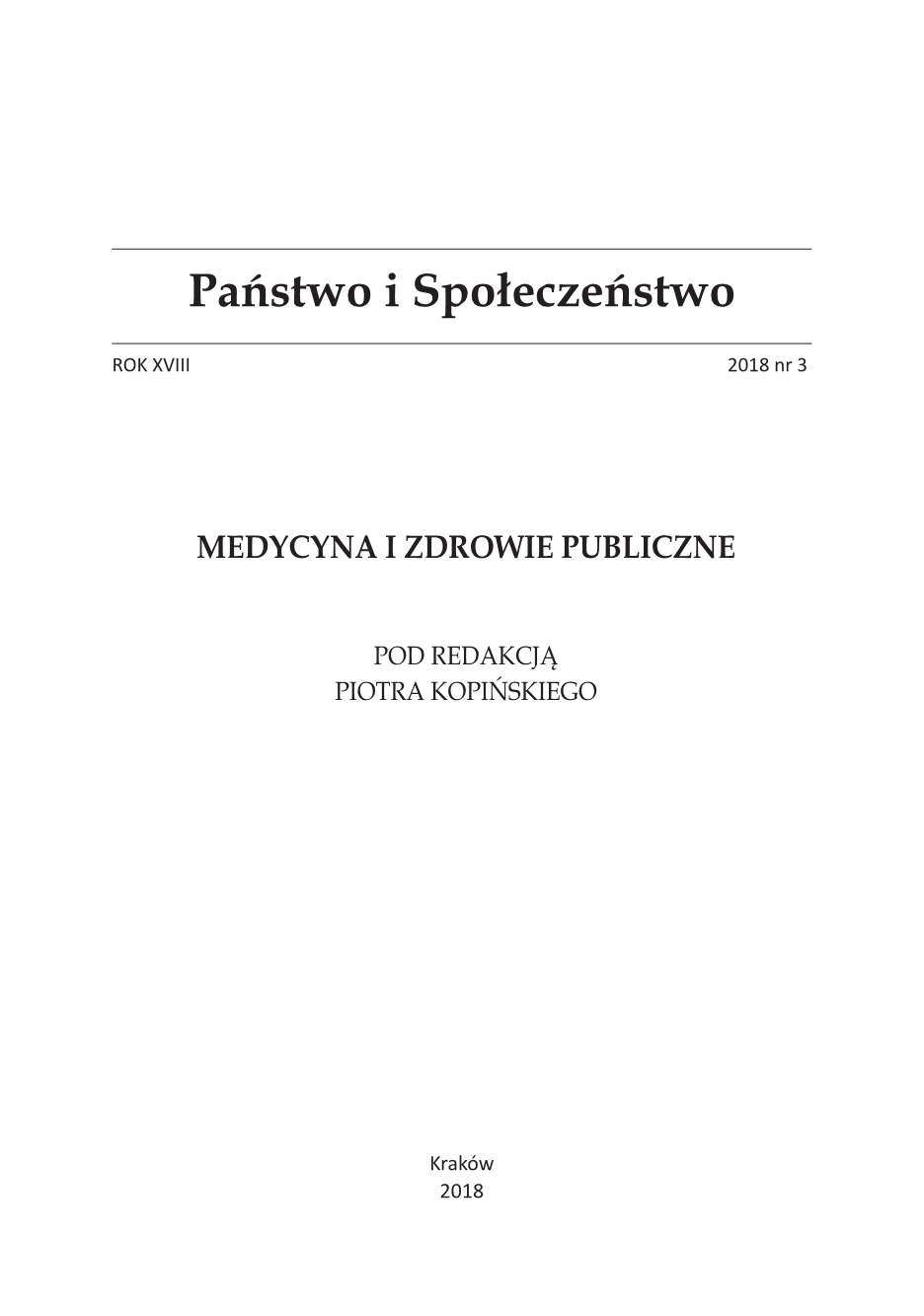Bezpieczeństwo przyjmowania niesterydowych leków przeciwzapalnych, cz. I
Safety of taking non-steroidal anti-infl ammatory drugs, part I
Author(s): Justyna Chronowska, Andrzej Madej, Sylwia Leks, Renata ChrobotSubject(s): Health and medicine and law
Published by: Oficyna Wydawnicza AFM Uniwersytetu Andrzeja Frycza Modrzewskiego w Krakowie
Keywords: non-steroidal anti-inflammatory drugs; aspirin; cyclooxygenase;
Summary/Abstract: Non-steroidal anti-inflammatory drugs (NSAIDs), despite numerous adverse effects, still remain the most commonly used group of medicines that can be obtained without a prescription. The mechanism of their action consists in inhibiting the activity of cyclooxygenases (COX 1; COX 2); these are enzymes that participate in one of the routes of transformation of arachidonic acid, whose end products are prostaglandins (PGE2 and PGI2-prostacyclins) and thromboxanes. Inhibition of cyclooxygenase (COX) activity inevitably leads to adverse reactions. The most common side effects associated with the use of non-steroidal anti-inflammatory drugs include gastrointestinal symptoms. More rarely associated with the excessive use of NSAIDs are nephrotoxic, hepatotoxic, and negative effects on the respiratory system and the relatively recently confirmed cardiotoxicity. Therefore, all possible ways should be tried to reduce the availability of non-steroidal anti-inflammatory drugs and to monitor their use, mainly in people who are particularly exposed to side effects (the elderly, people with heart failure, hypertension, kidney and gastrointestinal diseases).
Journal: Państwo i Społeczeństwo
- Issue Year: XVIII/2018
- Issue No: 3
- Page Range: 81-89
- Page Count: 9
- Language: Polish

